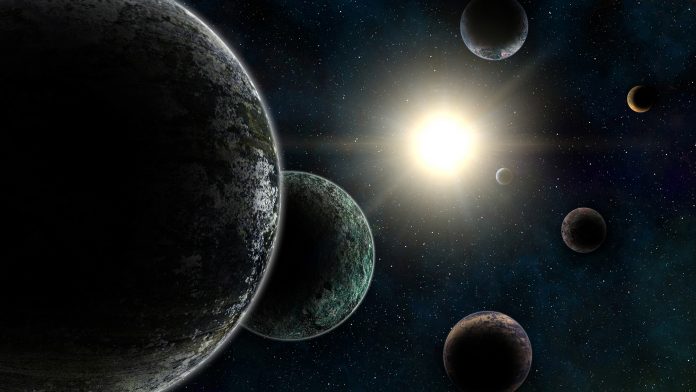The first mission dedicated to study the nature, formation, and evolution of exoplanets, named Ariel, has been adopted by the European Space Agency (ESA).
More than 50 institutes from 17 countries have been working over the past five years to develop the instrumentation which will enable Ariel to survey a diverse sample of around 1,000 planets outside our own solar system. Ariel will be the first mission dedicated to measuring the chemical composition, atmospheric thermal properties, and evolution of exoplanets. Ariel will give us a picture of a diverse range of exoplanets: from extremely hot to temperate, from gaseous to rocky planets orbiting close to their parent stars.
The mission has passed a rigorous set of reviews which it has been undergoing throughout 2020 and has now received approval from ESA’s member states, confirming that the team can work towards a launch in 2029.
Professor Giovanna Tinetti, Principal Investigator for Ariel from University College London said: “We are the first generation capable of studying planets around other stars. Ariel will seize this unique opportunity and reveal the nature and history of hundreds of diverse worlds in our galaxy. We can now embark on the next stage of our work to make this mission a reality.”
Ariel will have a metre-class telescope primary mirror to collect visible and infrared light from distant star systems. An infrared spectrometer will spread the light into a ‘rainbow’ and extract the chemical fingerprints of gases in the planets’ atmospheres, which become embedded in starlight when a planet passes in front or behind the star. A photometer, a spectrometer and guidance system will capture information on the presence on clouds in the atmospheres of the exoplanets and will allow the spacecraft to point to the target star with high stability and precision.
The Ariel Consortium Project Manager, Paul Eccleston, of STFC RAL Space, said: “This represents the culmination of lots of preparatory work by our teams across the world over the last 5 years in order to demonstrate the feasibility and readiness of the payload. We now go full speed ahead to fully develop the design and start building prototypes of the instrumentation on the spacecraft.”
The Ariel mission consortium teams from across Europe will now move on to build and prototype their designs for the payload of Ariel and plan for receiving and processing the data. The industrial contractor for the spacecraft bus, which will support the payload coming from the nationally funded consortium teams, will be selected in the summer of 2021.







